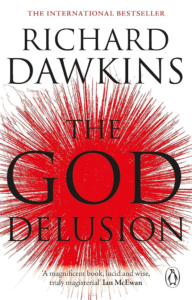The Allure of the American Dream: A Reflection on “The Great Gatsby”

The Quest for Happiness
F. Scott Fitzgerald’s masterpiece, “The Great Gatsby,” delves into ambition, love, and betrayal. Through Nick Carraway’s eyes, we witness the tragic downfall of Jay Gatsby—a man consumed by his relentless pursuit of the American Dream.
The Green Light: Symbolic Yearning
At the core of Gatsby’s journey lies the green light, a symbol of his unwavering desire for Daisy Buchanan and the life she embodies. This beacon becomes a metaphor for the elusive dream that propels Gatsby forward, echoing society’s collective hunger for success and prosperity.
Daisy Buchanan: The Gilded Ideal
Daisy, her voice “full of money,” epitomizes the allure of wealth and status. Gatsby’s infatuation blinds him to her flaws, emphasizing the theme of illusion versus reality.
The Valley of Ashes: Decay and Disparity
In stark contrast to the opulence of East and West Egg, the Valley of Ashes symbolizes moral and social decay concealed beneath the veneer of affluence. It serves as a sobering reminder of the gap between the privileged and the marginalized—a central critique in Fitzgerald’s narrative.
The Eyes of Dr. T.J. Eckleburg: Silent Judgment
Dr. T.J. Eckleburg’s watchful eyes loom over the Valley of Ashes, representing the erosion of spiritual values in pursuit of material gain. Their silent gaze underscores the absence of a moral compass in a rapidly changing world.
The Elusive Dream
“The Great Gatsby” ultimately reflects the unattainability of the American Dream. Gatsby’s tragic fate warns against equating wealth with true fulfillment, revealing the emptiness that often lurks beneath the glittering surface of our aspirations.





















Thanks for start uploading fiction books also.
We take your suggestions seriously, you’re welcome.
With Gratitude, Team Unpause Yourself.